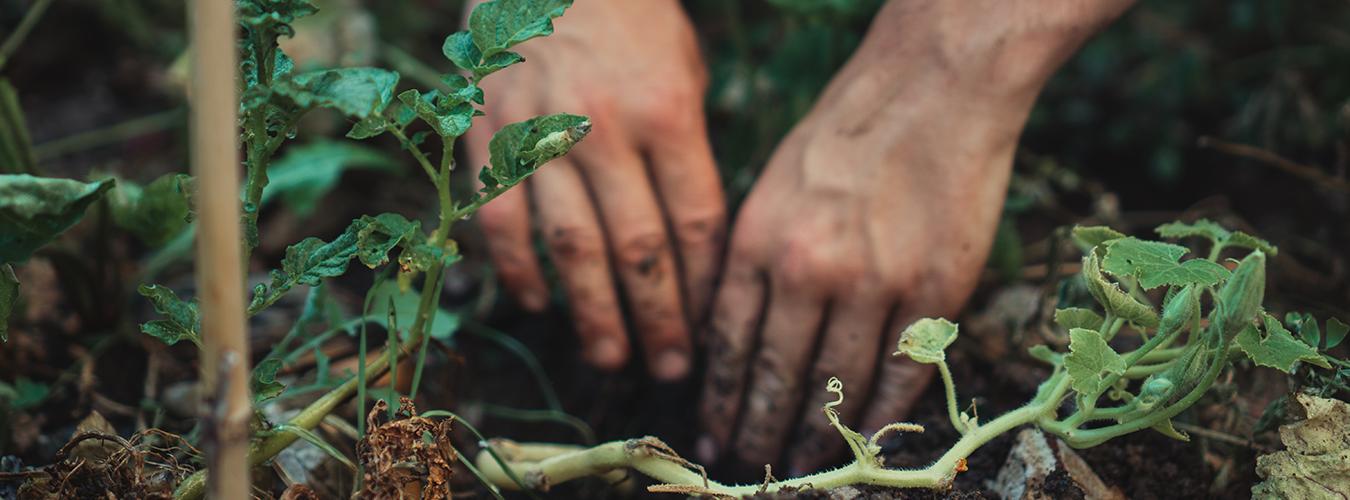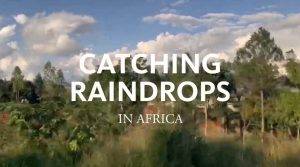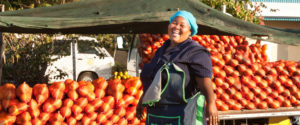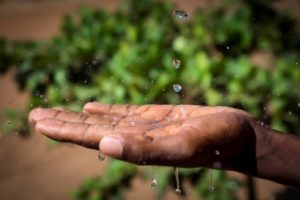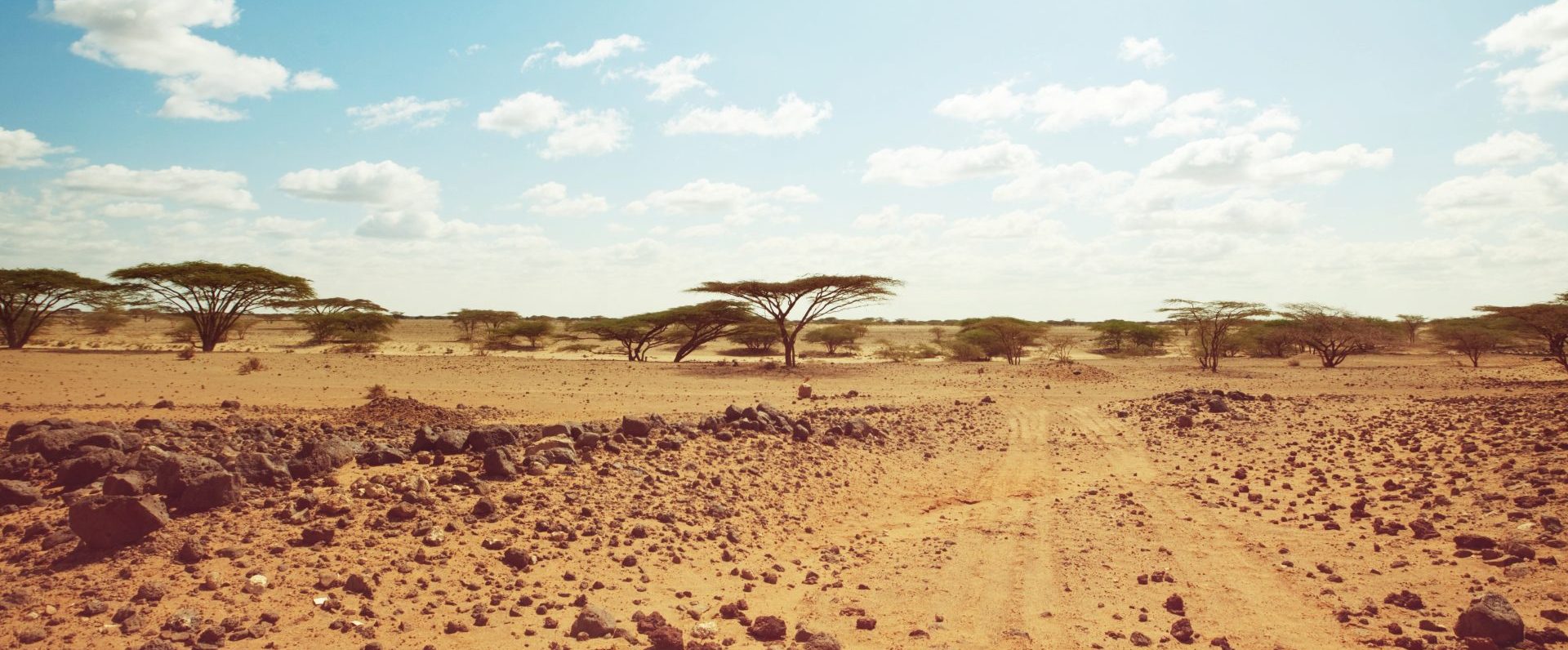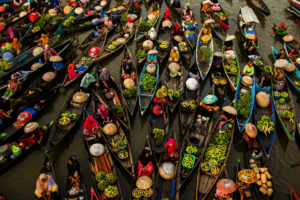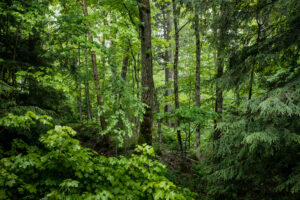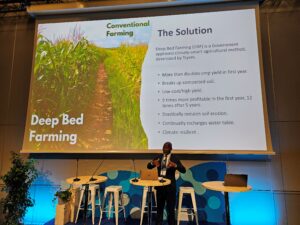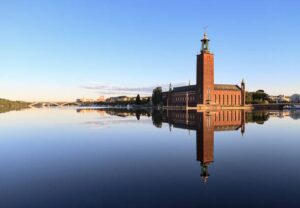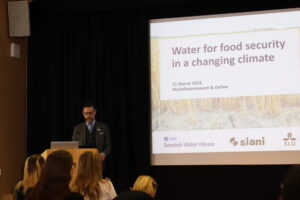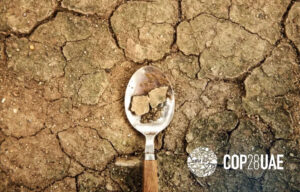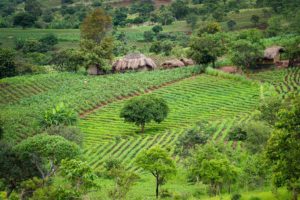A brief history of soil and water
Soil is where food begins, but only if there is water. This World Soil Day, we reflect on the research and expertise that shows how water stored in soil could hold the key to food security.
Soil has been in SIWI’s DNA from the very start
Long term SIWI scientific advisor, and water pioneer, Prof. Malin Falkenmark’s greatest work focused on the water we can’t see: water in soil. Her research has led to several SIWI projects including TIARA, which focuses on rainfed water management as a way of protecting food security in increasingly drier regions.
What is green water?
Green water is a concept developed by Malin Falkenmark to address the urgent need for agriculture to undergo a major shift in its thinking on water. Green water is infiltrated rainfall water that is stored in the upper layers of the soil and available to plant roots. It is of special importance in Africa, which is the world’s driest continent and where 95 per cent of the food production relies on small-scale rainfed agriculture.
An untapped potential for investors
Prof. Johan Rockström is one of many researchers who have built on Falkenmark’s concept of green water. When speaking in this video on how green water has missed out on innovation and financing he says: “Now is the time to put the big investments where the bulk of the water is, and where the enormous untapped potential is, which is innovations in green water”.
Farmer’s are frontline water managers, yet as Rockström points out: for too long they have been left unaided in their attempts to maintain and increase yield as water scarcity worsens. This is no clearer than in the case of Africa, where 95% of investment in agriculture is given to irrigation based farming and its technologies, in spite of the fact that 95% of food production in the region is rainfed. SIWI’s TIARA project brings together the science of green water i.e. water trapped in the soil, with an in-depth understanding of the context and environment, to trigger investments into this sector.
“More nutrition per drop”
Healthy soil, provided there is water, grows nutritious food. SIWI advisor on water and food, Prof. Jan Lundqvist has emphasized on numerous occasions the importance of growing not more food per drop of water used, but “more nutrition per drop”. As water scarcity increases, food security is threatened making it more important than ever that we are able to grow as nutritious food as possible using as little water as possible.
The health of soil, and its capacity to store water, is impacted by several factors including upstream activity which can cause pollution, as well as poor forest management causing soil to break apart and in the worst case: become sediment and flow away. The SIWI led Source-to-Sea platform works to highlight such linkages, while SIWI’s Landscapes team works to ensure forest and landscape management is carried out in a sustainable way which protects soil and biodiversity as well as the water cycle.
